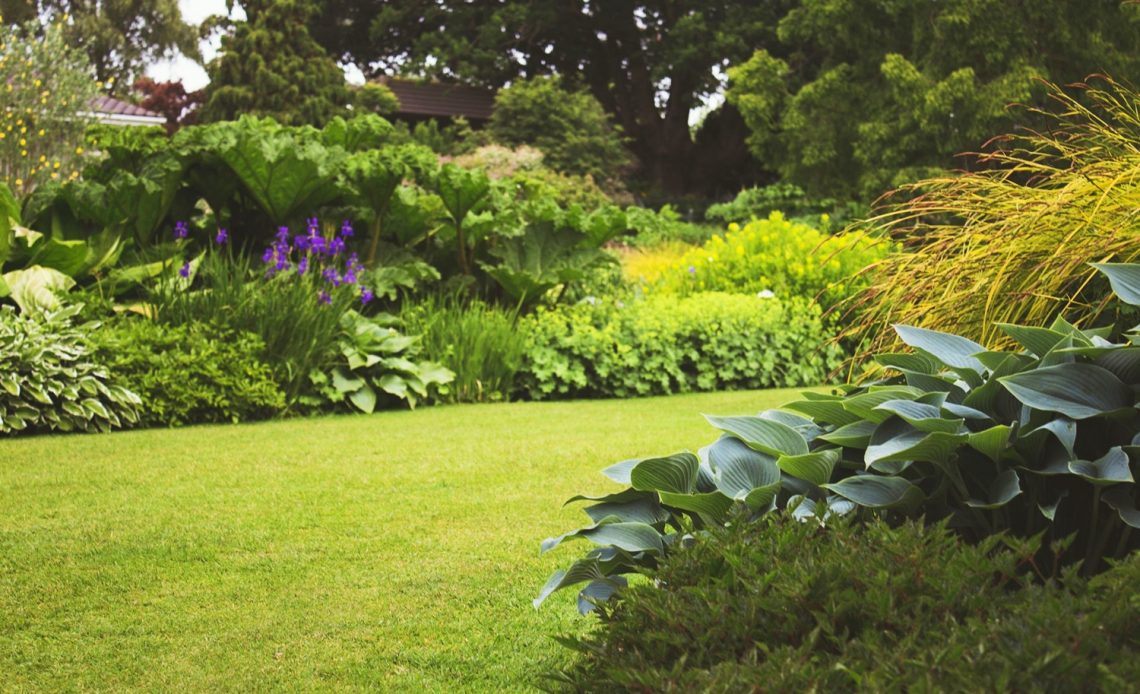

We’re here to help! Wild Yards is a completely free website that is 100% dedicated to helping you create a wildlife-friendly, sustainable yard. Read more
WildYards is reader-supported. When you buy a product through a link on our site, we may earn a comission. Every product is independently selected by our (obsessive) editors and our reviews are unbiased and objective. Read more about our mission or our privacy policy.
A luscious lawn and beautiful landscape start with the right soil.
Whether you’re trying to get your grass to grow greener, or you want the shrubs in your garden to bloom more, you’ve got to give your plants the right minerals and in the right doses.
16-16-16 fertilizer is a highly nutritious blend that comes in several forms, each designed to fulfill specific needs. This type of fertilizer can help your plants grow strong roots and dense, vibrant foliage.
But what exactly is 16-16-16 fertilizer, and how are you supposed to use it?
Triple 16 offers plants equal doses of nitrogen, phosphorus, and potassium. This is an excellent all-purpose fertilizer for plants that need these three minerals in higher concentrations.

What is 16-16-16 fertilizer and which nutrients are in it?
Before we find out what triple 16 is used for, it would first be helpful to know what it is!
16-16-16 fertilizer is a general-purpose plant food that contains high doses of the three nutrients that plants need most: nitrogen (N), phosphorus (P), and potassium (K).
The three numbers in an NPK fertilizer represent the percentage of each nutrient the fertilizer contains. So, in the case of triple 16, the fertilizer contains 16% nitrogen, 16% phosphorus, and 16% potassium.
The remaining 52% of the fertilizer is comprised of fillers, like limestone and gypsum, that allow for even distribution.
Because triple 16 contains high doses of these nutrients, it is generally reserved for plants that have high nutrient needs, like fruits, vegetables, and flowering plants.
However, lawns can also benefit from being fertilized with triple 16, especially if they’re growing in nutritionally deficient soils.
Let’s take a look at the three minerals found in triple 16 and how they benefit your plants.
Nitrogen
Without a doubt, nitrogen is the most important mineral for plants.
For starters, nitrogen is a key component of chlorophyll, the pigment that gives plants their green color.
Chlorophyll plays a crucial role in photosynthesis, the process by which plants turn sunlight, carbon dioxide, water, and nutrients into food for themselves.
Therefore, nitrogen enables plants to produce healthy new tissue and plays a critical part in plant growth and development. This nutrient is essential for the production of the amino acids, sugars, and proteins that plants need to survive.
Nitrogen is the most abundant nutrient in a plant and can be found in every living cell.
Without nitrogen, plants turn yellow and stop growing. Plants may stop blooming and drop their flowers and fruits. Because they can no longer produce healthy foliage and strong roots, they also become more susceptible to diseases.
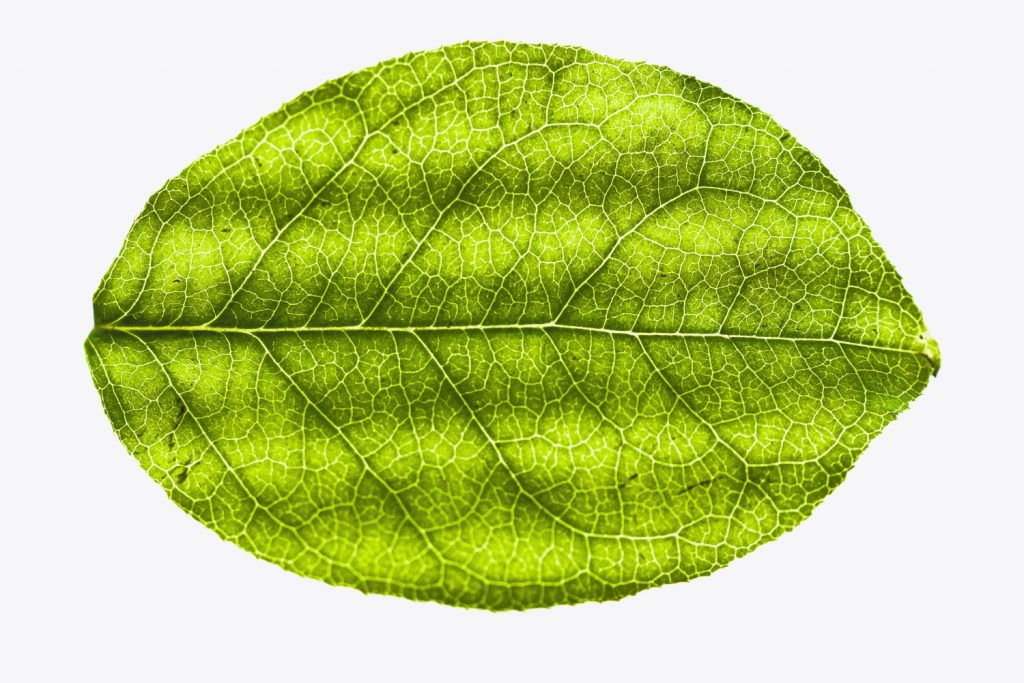
Phosphorus
Phosphorus helps plants to turn nitrogen and other nutrients into usable forms, which means, like nitrogen, it is also a critical player in the process of photosynthesis.
In order to produce new tissues, plants must be able to replicate their own DNA and RNA. Phosphorus enables the transfer of energy within cells, a process that is necessary for the synthesis of nucleic acids and cellular division.
Phosphorus allows plants to produce strong root systems. It also helps them survive periods without water.
Without phosphorus, plants have poor drought tolerance.
They may drop leaves and stop growing in an attempt to conserve moisture during dry spells. They may also wilt and fail to perk back up, even when you water them regularly.
Other symptoms of phosphorus deficiency in plants include abnormally dark leaves, foliage with a blue-green tint, stunted growth, poor root formation, delayed maturation, and a lack of seed development.
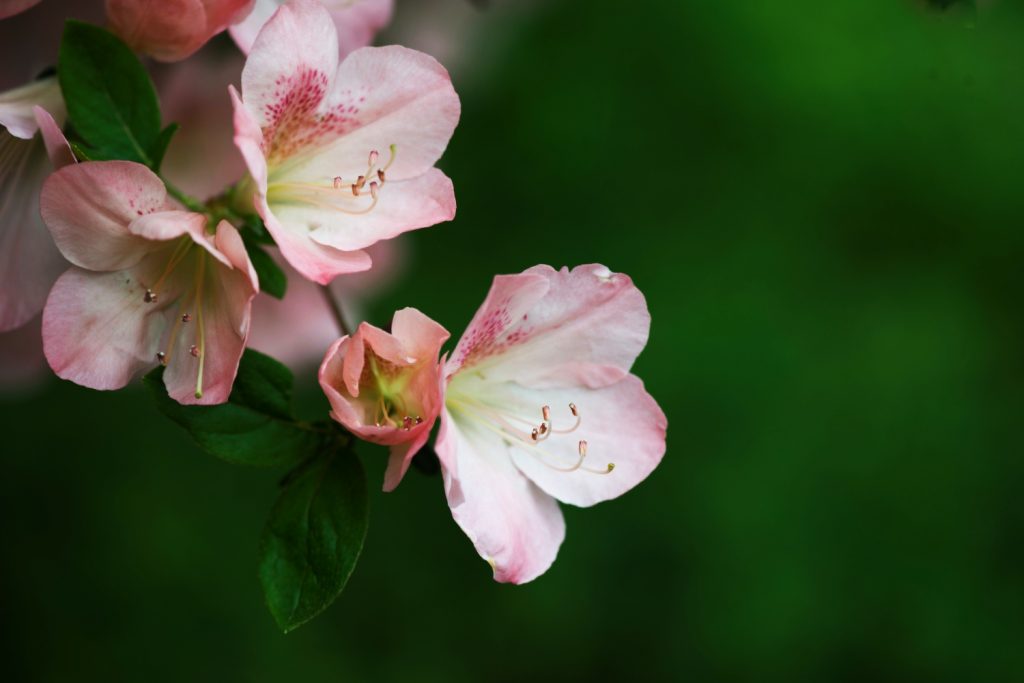
Potassium
This nutrient helps plants deal with stress.
Potassium regulates moisture intake and prevents excessive moisture loss during respiration. It also helps plants survive extreme temperatures.
Considered to be second only to nitrogen in terms of importance, potassium plays a critical role in transferring water, nutrients, and carbohydrates to different parts of the plant.
In addition to preventing energy loss, potassium increases a plant’s disease resistance, so it doesn’t fall prey to bacterial or fungal infections, and can survive insect damage more easily.
Without potassium, plants develop weak stems and curled yellow leaves with brown edges. The veins of the leaves typically stay green.
Stunted growth and lack of flower production are also signs of potassium deficiency in plants.
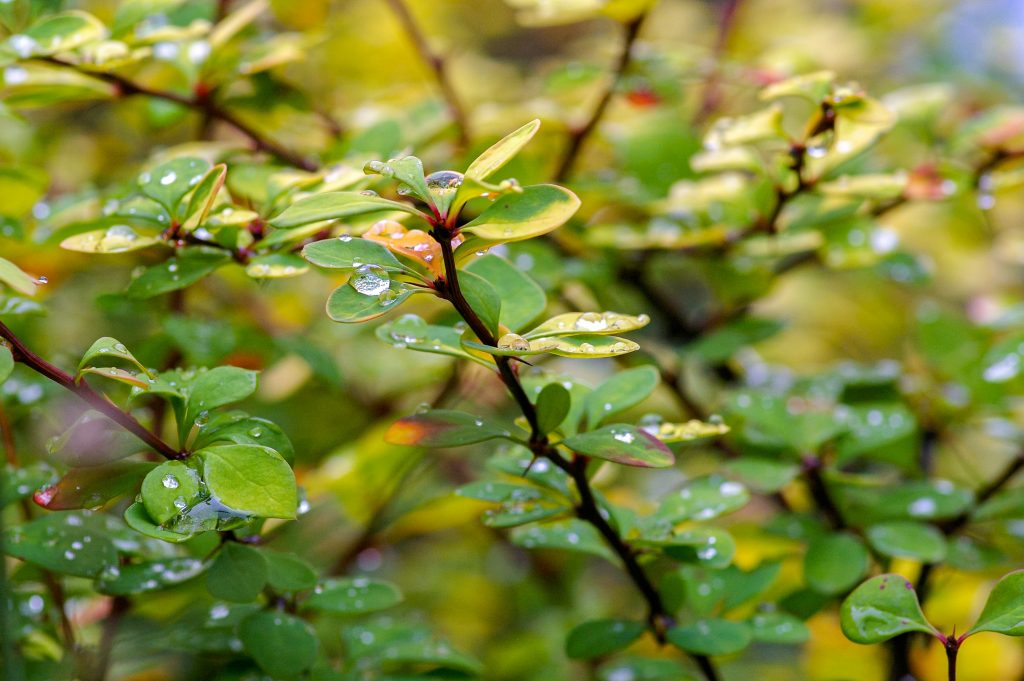
Which plants like 16-16-16 fertilizer?
Although 16-16-16 is considered a general-purpose fertilizer, it is not always an appropriate choice.
Some plants, like lavender and succulents, for example, do not have high nutrient needs. Feeding these plants such high amounts of nitrogen, phosphorus, and potassium could prove to be fatal.
But some plants are heavy feeders that rely on high doses of these three essential elements to grow healthy and strong.
Here are a few plants that typically benefit from triple 16 fertilizer.
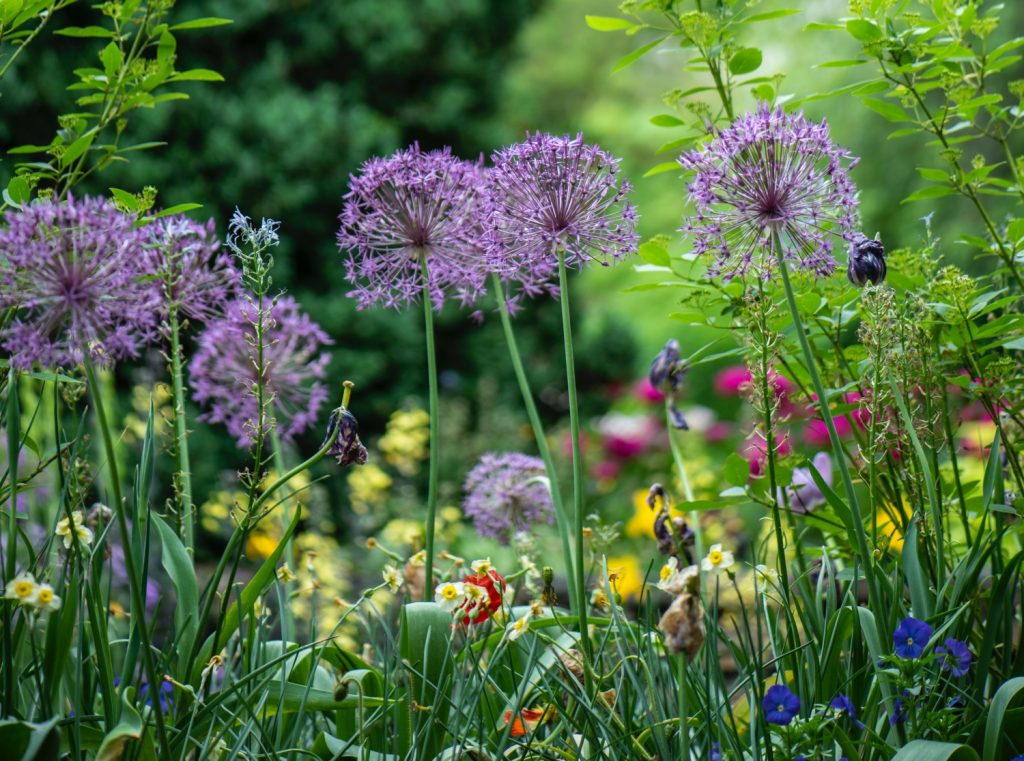
Fruits
When we harvest fruit from a plant, we inevitably rob the plant of nutrients. And if we don’t replace those nutrients, then the plant will have a tough time producing fruits later.
Triple 16 fertilizer replenishes lost nutrients in the soil, promoting strong root systems, robust growth, and healthy flower and fruit development.
It also keeps plants resilient, making it easier for them to ward off infections and diseases.
Here are a few fruiting plants that benefit from triple 16 fertilizer.
- Apples
- Apricots
- Cantaloupes
- Cherries
- Dragon fruit
- Grapes
- Peaches
- Pears
- Strawberries
- Watermelons
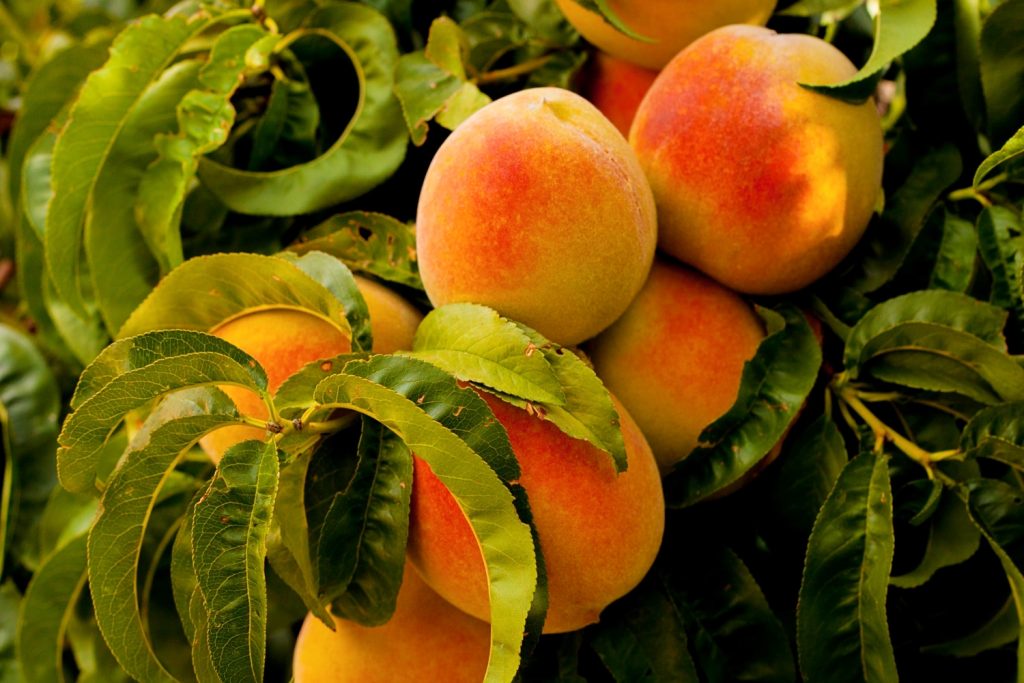
Vegetables
As is the case when gathering fruits, harvesting vegetables steals nutrients from the plant.
But making sure the veggies in your garden are growing in fertile soil enables them to produce a steady harvest. So once you pick the veggies, the plants can continue producing new ones.
Triple 16 is a general-purpose fertilizer that enhances plant growth overall.
This type of fertilizer is ideal for mixing into raised garden beds and sprinkling over vegetable patches before planting because it provides young vegetable plants with all of the nutrients they need to get established quickly.
The following garden vegetables will benefit when fertilized with triple 16.
- Arugula
- Asparagus
- Broccoli
- Celery
- Corn
- Cucumbers
- Eggplant
- Lettuce
- Okra
- Peppers
- Pumpkins
- Spinach
- Squash
- Tomatoes
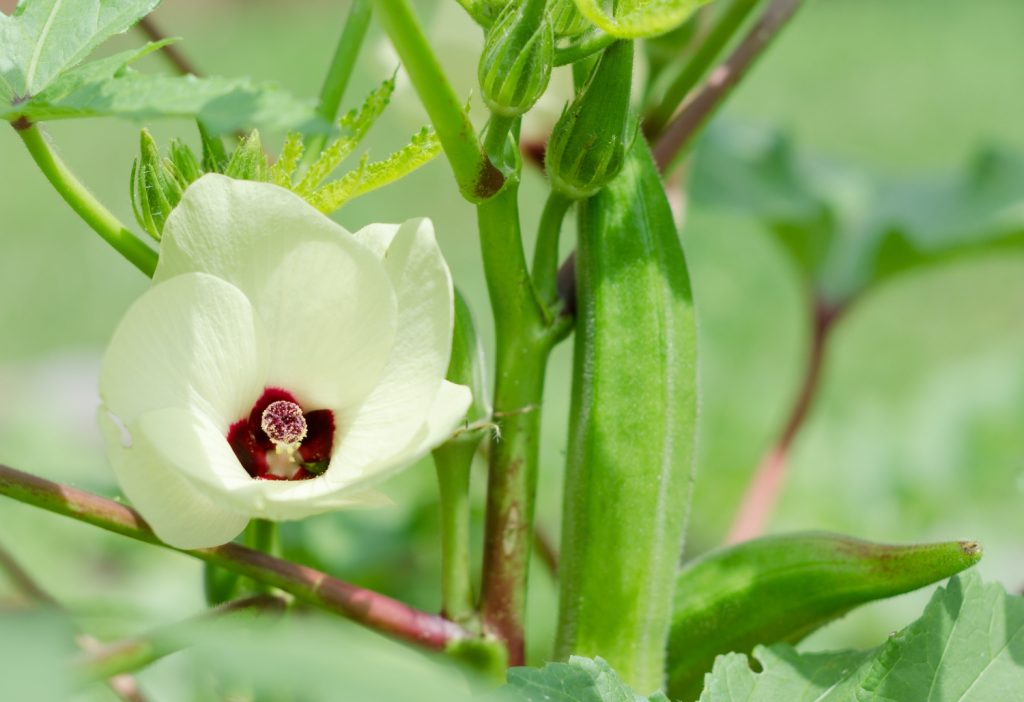
Shade and privacy trees
Fruits and veggies aren’t the only ones that like triple 16 fertilizer. Your shade and privacy trees will benefit from it, too.
16-16-16 supports healthy foliage development, enabling trees to produce strong, healthy, vibrant leaves.
For some trees, like red maples, this means 16-16-16 can also be used to enhance the tree’s color.
If your region experiences droughts or periods of flooding, or if you regularly see extreme temperatures, triple 16 can help your trees weather these unfavorable conditions without getting stressed.
Here are a few shade and privacy trees that like to be fed triple 16.
- Birch
- Cedar
- Crab apple
- Crape myrtle
- Dogwood
- Maple
- Oak
- Ornamental cherry
- Ornamental pear
- Pine
- Redbud
- Spruce
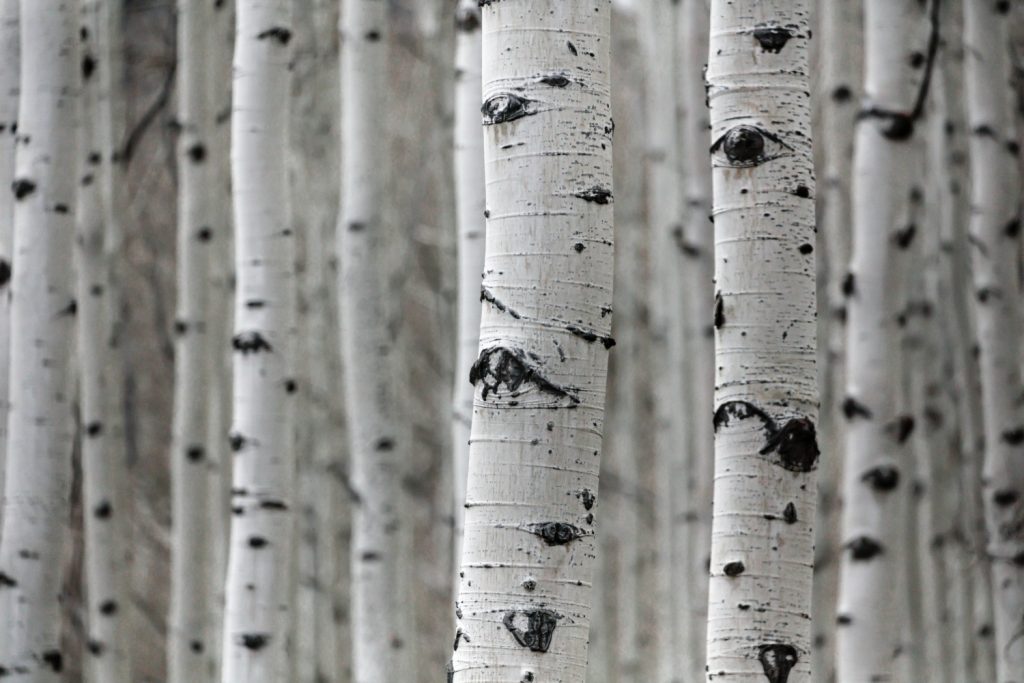
Flowering plants and shrubs
A dose of triple 16 at the start of the growing season is just what your flowering plants and shrubs need to start out on the right foot.
Triple 16 has a balanced nutrient profile that will help your heavy feeders meet all of their nutritional demands.
Nitrogen and potassium help the plants in your foundation landscaping produce dense foliage and withstand less-than-favorable conditions, like droughts and intense heat.
Meanwhile, phosphorus enables the plants to produce scads of vibrant, deliciously-scented blooms.
Be sure to use triple 16 to feed the following flowering plants and shrubs in your garden.
- Begonias
- Butterfly bush
- Daylilies
- Geraniums
- Gladiolus
- Hydrangeas
- Impatiens
- Lilac
- Petunias
- Peonies
- Phlox
- Roses
- Spirea
- Viburnum
- Weigela
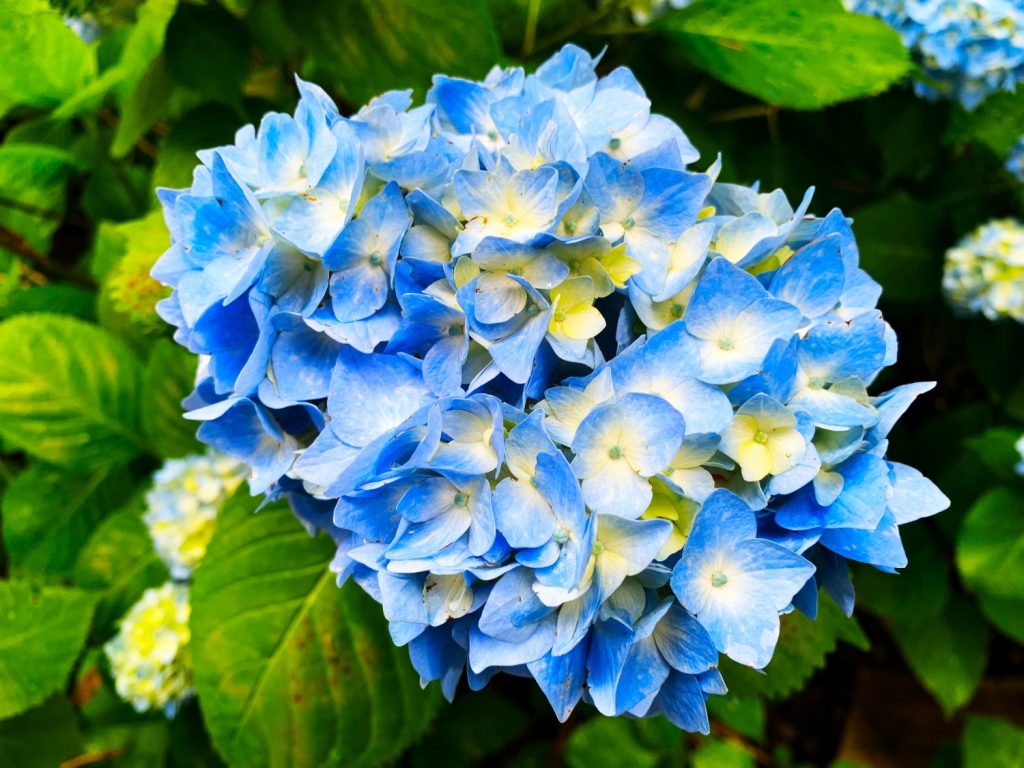
How can you tell if triple 16 is the right fertilizer for your garden?
Ultimately, the best way to determine which type of fertilizer you need is to test your soil.
Invest in a soil testing kit and use it to measure the vitamin and mineral levels of your native soil.
This will tell you how much of which nutrients are already there, so you can supplement with the minerals that are lacking.
It’s best to test your soil in the spring and/or fall.
Always test your soil before fertilizing to avoid overfertilizing, which can have a detrimental effect on local waterways and the ecosystem as a whole.
If you haven’t tested your soil, but you know that it is extremely nutrient deficient, and you’re growing some plants that are considered heavy feeders, then triple 16 would be an excellent starting point.
When should you apply triple 16 fertilizer?
It’s best to apply triple 16 in the spring and early summer months. This is when most plants are actively growing and can make the most of the extra nutrients.
Fertilizing plants before they begin blooming gives them the energy they need to kickstart the process.
Giving fruits and vegetables a dose of triple 16 fertilizer early in the season also gives them ample nutrients to continue producing healthy foliage throughout their reproductive cycles.
Some plants may also benefit from an extra dose of 16-16-16 fertilizer in summer or fall, but you should always test your soil before reapplying it to avoid overfertilizing.
Additionally, you should avoid fertilizing plants during their dormant period in the winter.
Not only will plants be unable to use the nutrients during this time, but applying high concentrations of nitrogen, phosphorus, and potassium to the soil can burn their roots, which may hinder their growth later on, or stress them out to the point of death.
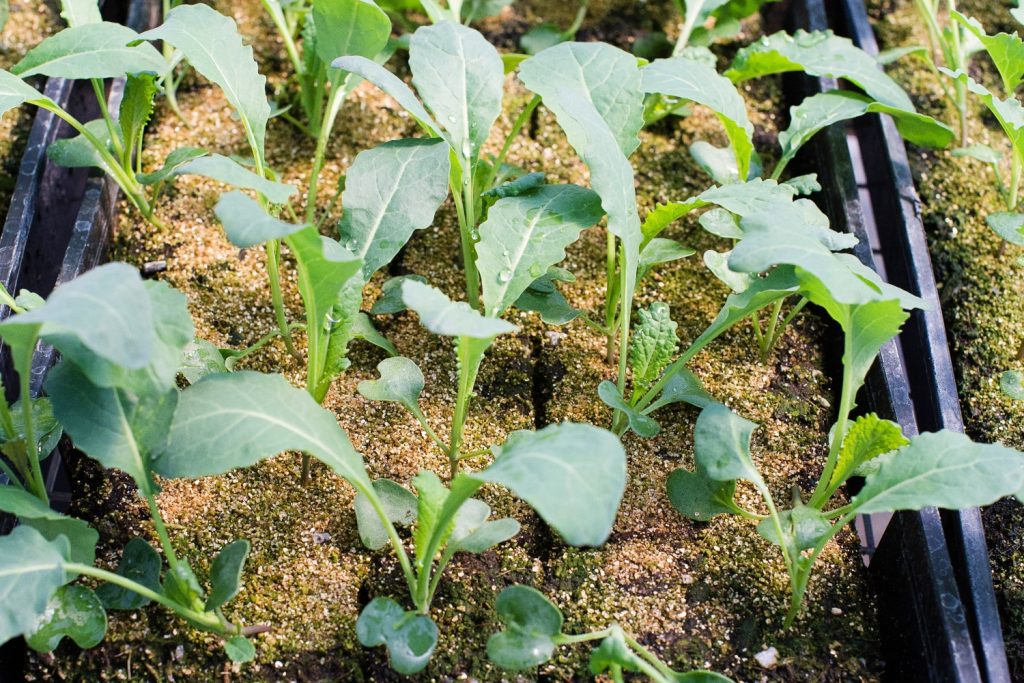
What is the best kind of 16-16-16 fertilizer?
Triple 16 comes in several different forms to suit a variety of needs.
Which form you choose depends on A) how much money you have to spend, B) how fast your plants need access to the nutrients, and C) how long you want the fertilizer to last.
Let’s take a look at a few different forms of 16-16-16 and find out how they work.
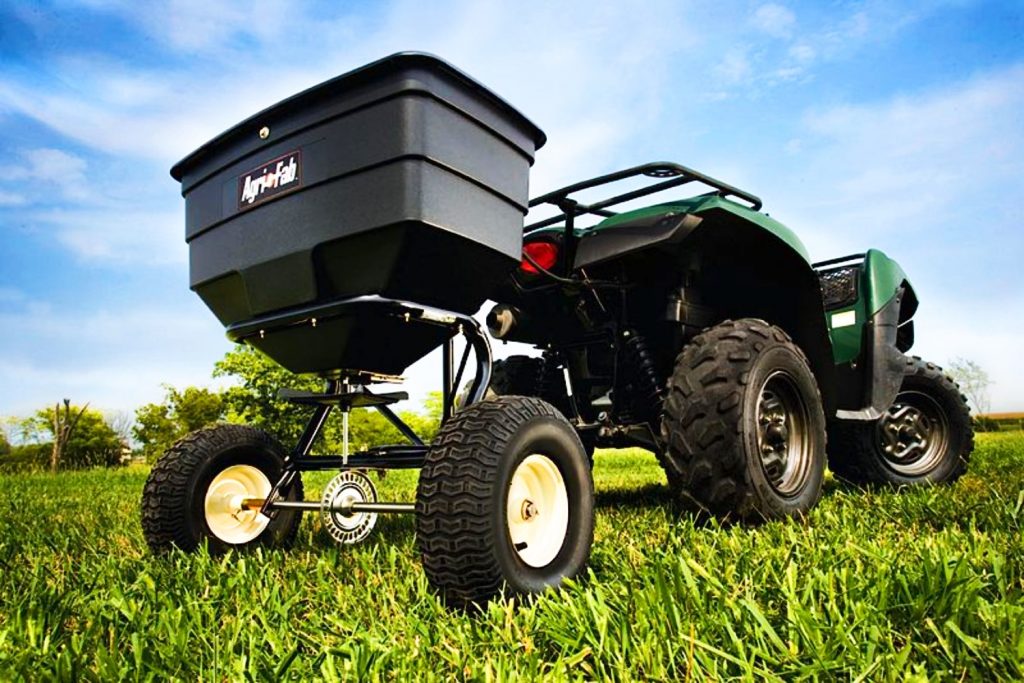
Water-soluble
Water-soluble fertilizers are powdered and can be spread with a broadcast spreader, or scattered around individual plants to spot feed.
This type of fertilizer is fast-acting. Once watered, it breaks down quickly so plants can access the nutrients they need immediately.
A water-soluble triple 16 will only last a few weeks to a few months. Some slow-release blends may last longer.
Always check the manufacturer’s label to determine how long the fertilizer will continue to feed your plants.
Overall, water-soluble fertilizers are an affordable option and a great choice for vegetable gardens, as they can easily be mixed into the soil before planting.
Liquid
Most liquid triple 16 fertilizers come premixed, however, some liquid triple 16 fertilizers are concentrated and must be mixed with water prior to application.
Once mixed according to the manufacturer’s instructions, the fertilizer should be applied with a spray bottle to the base of the plants.
One of the major benefits of liquid 16-16-16 is that it goes to work the minute it hits the soil. That said, its effects only last a few weeks to a few months.
There is no need to water your plants after applying liquid triple 16 since the nutrients have already been mixed with water.
Liquid fertilizers are convenient to use, and they are often priced comparably to water-soluble fertilizers.
This is the best choice for plants that need high doses of nutrients fast. It also makes feeding shrubs, trees, and flowering plants in your landscaping much easier.
Spikes
Fertilizer spikes break down slowly over time, typically over a period of months or years.
The spikes can be tapped into place with a hammer, and fertilize a very concentrated area, ensuring your plants get all of the nutrients they need.
Fertilizer spikes are usually more expensive than other types of fertilizers. But because they last for so long, they allow you to get more bang for your buck.
Like other fertilizers, spikes are water-activated. Keeping the soil surrounding your plants moist allows for a steady release of nutrients.
This form of triple 16 fertilizer is ideal for trees and shrubs.
Spikes also work well if you need to fertilize the fruits and vegetables in your garden during the growing season.
Granular
A granular triple 16 fertilizer is comprised of tiny solid pellets.
These pellets can be spread with a broadcast spreader for even application over a large area, like a lawn, or they can be sprinkled around plants with a small scoop to spot fertilize.
Granular fertilizers break down when they come into contact with water.
They release at a slower rate than liquid and water-soluble fertilizers, but not as slowly as slow-release spikes.
However, slow-release granular fertilizers are also available and can nourish your plants for several months, or even up to a year.
Applying granular fertilizers to damp foliage can result in leaf burn. So it’s best to wait until plants are dry before applying it.
Once you’ve spread the granular triple 16, water your plants slowly and deeply to activate it. That way, the water and the nutrients reach the plant’s deepest roots.
Is triple 16 organic?
Most commercially available triple 16 fertilizers are synthetic, which means they are not organic.
That said, you may be able to track down a fertilizer that contains a similar ratio of these three ingredients and is comprised mostly of natural ingredients.
Blood meal is an organic choice that contains 10% to 14% nitrogen on average. And kelp meal contains low doses of nitrogen, phosphorus, and potassium, as well as a variety of trace minerals.
But neither of these natural fertilizers contains high doses of nitrogen, phosphorus, or potassium. So they may not be strong enough alone to feed your plants.
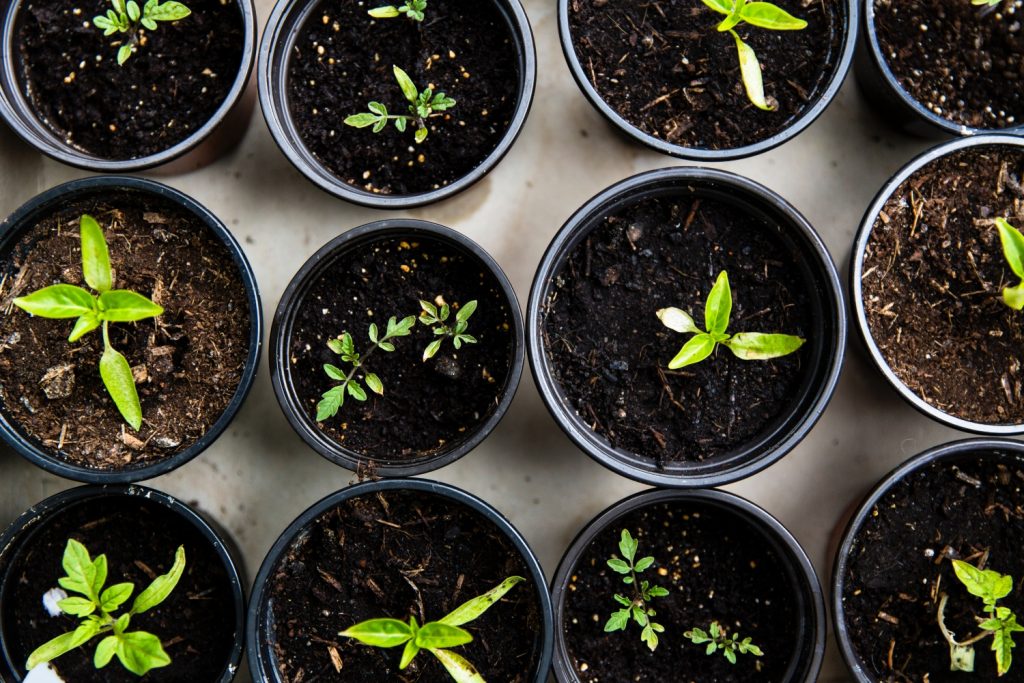
Does triple 16 help plants bloom more?
Triple 16 can help plants bloom more if they have high nutrient needs and/or are growing in nutrient-deficient soils.
In general, though, 16-16-16 is not the best choice if you want your plants to bloom more.
That’s because this fertilizer contains equal amounts of nitrogen, phosphorus, and potassium.
Although plants rely on nitrogen and potassium to grow well, when flowering, they need more phosphorus than anything else.
So if you want your plants to bloom more, use a fertilizer that contains low to moderate doses of nitrogen and potassium, and high doses of phosphorus, like 10-30-10, instead.
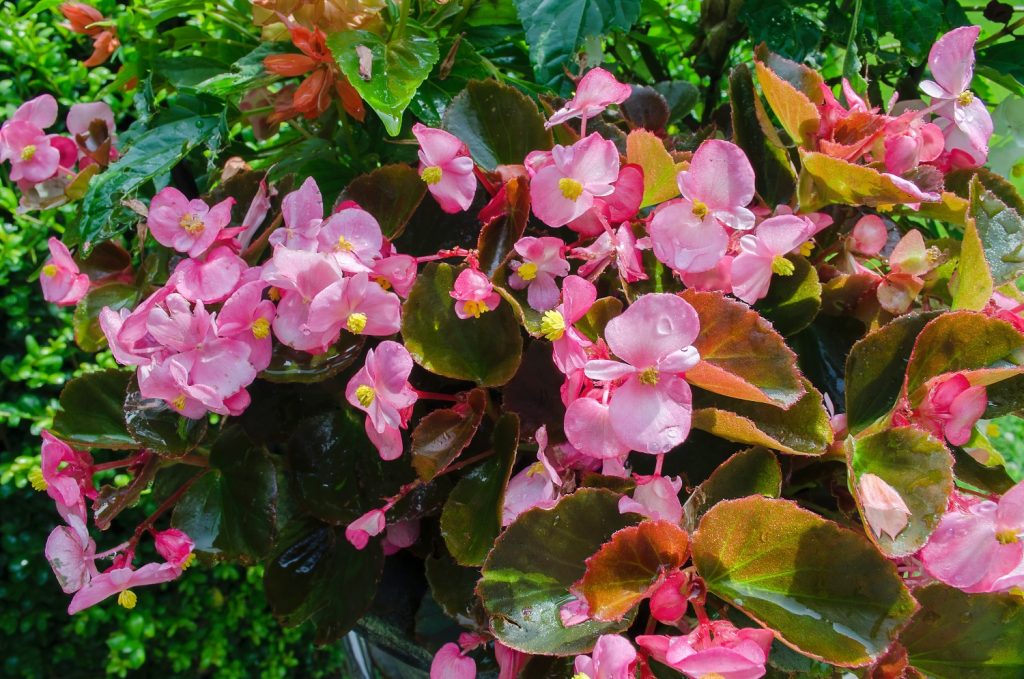
Is triple 16 the best choice for fertilizing lawns?
Triple 16 can be used to fertilize your lawn. It’s certainly better than nothing. But it usually isn’t the best choice.
Lawns require high doses of nitrogen, which stimulates foliage production. They also require moderate doses of potassium, to help them survive extreme temperatures and dry spells.
Although grass uses phosphorus, too, it doesn’t require high doses like flowering plants do.
The ideal soil ratio for lawns is 3-1-2 to 4-1-2. So, if you want to fertilize your turf, 20-5-10 or 24-6-12 would be better choices than a triple 16 fertilizer.
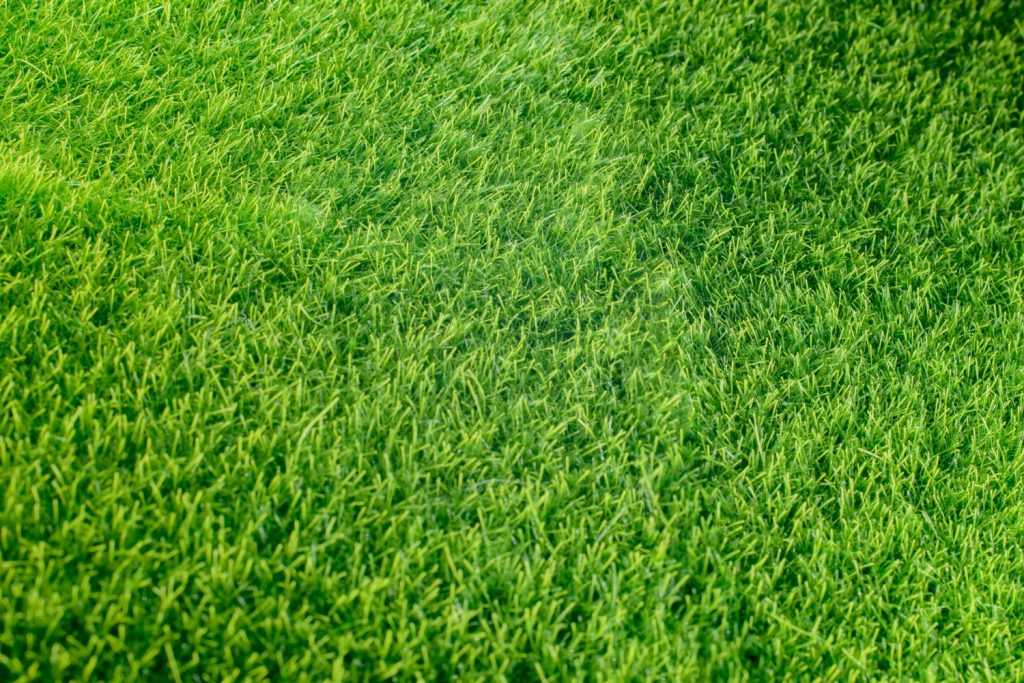
Will 16-16-16 work for you?
Ultimately, the only way to know if 16-16-16 is a good fertilizer for your garden is to test your soil.
But, in general, triple 16 is a great choice for vegetable gardens and fruit trees, a good choice for ornamental plants, trees, and shrubs, and a poor choice for lawn maintenance.
When used correctly, 16-16-16 fertilizer will help keep the plants in your lawn and landscaping healthy and growing well.
